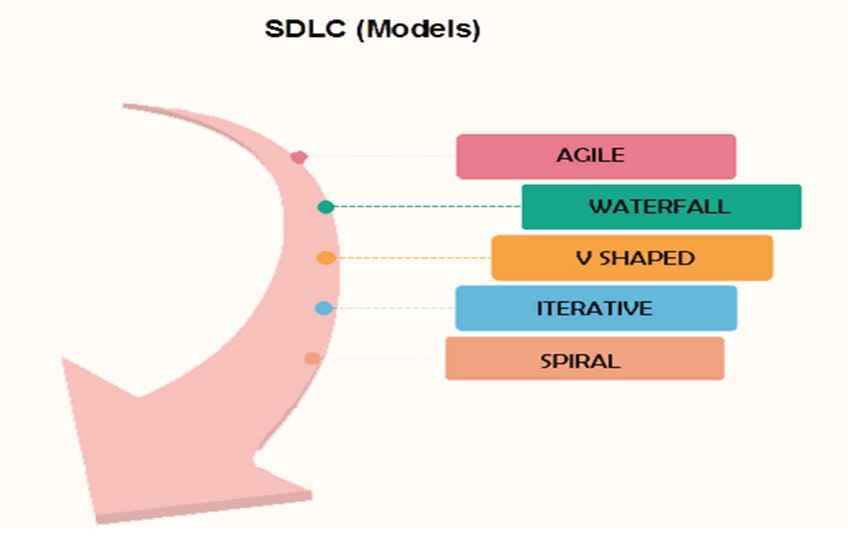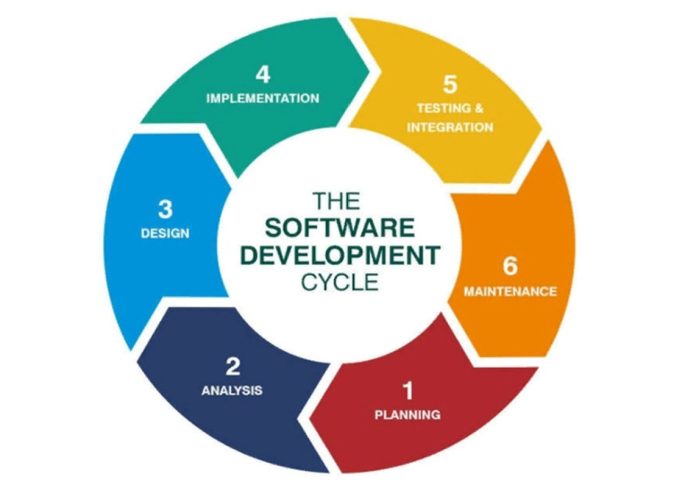To better understand this cycle, you need to know how it operates. SDLC works by minimizing software development costs, but at the same time, quality is increased, and production time is reduced.
This result can be achieved only with the help of a clear plan that allows you to identify current errors and eliminate them in time. But first, you should begin with a careful assessment of existing systems to identify any weaknesses.
The plan should define all system requirements to enterprise software development during the design, analysis, product planning, development, project testing, and deployment phases. The life cycle helps prevent mistakes that can cost you too much.
Among them, for example, the inability to request or get feedback from the client. And SDLC eliminates such a flaw. Make quality software in time, fixing any shortcomings, and https://www.goodcore.co.uk/ will help you with this.
SDLC Models and Stages
A lot of attention is paid to testing because SDLC is a special iterative methodology where you are required to ensure high-quality code at every cycle stage. It is a fact that many companies spend little effort on the testing process, and this is bad because this procedure will save a lot of time and funds.
Testing is vital in all popular SDLC models:
- Spiral.
- Agile.
- Waterfall.
- V-shaped.
- Big bang.
- Iterative.

But let’s also look at the other stages of the SDLC, which will ensure an efficient and trouble-free operation of the entire process.
- Identify current issues, i.e., get input from all parties interested in software development. These are not only customers, that is, consumers, but also sellers, programmers, or even industry specialists. With more information, you will be able to identify the strengths and weaknesses of the current project in order to improve it in certain points.
- Let’s move on to planning. This is where your team must determine the resources and cost to implement all of the analyzed requirements. It is also better to think about all the risks and ways to solve the difficulties that arise.
- Now you need to define a design plan where all parties can familiarize themselves with it and make their suggestions and comments. If, at this stage, there is any failure, then in the future, it will either lead to cost overruns or to the complete failure of the entire project.
- Now you are waiting for the actual development, where each specialist must adhere to the plan. Proper guidelines for practical actions are important here, considering code style, defining file nomenclature, naming variables, and so on.
- Test what you got. Perhaps here you will find defects that need to be fixed until the product becomes as you planned.
- The last stage is the introduction of the result into the production environment. Give your product to users and analyze their behaviour.
SDLC is much better than the traditional software development process because it provides maximum security at every stage. Create high-quality and productive software that is clearly designed, carefully tested, and ideally prepared for use in production.














